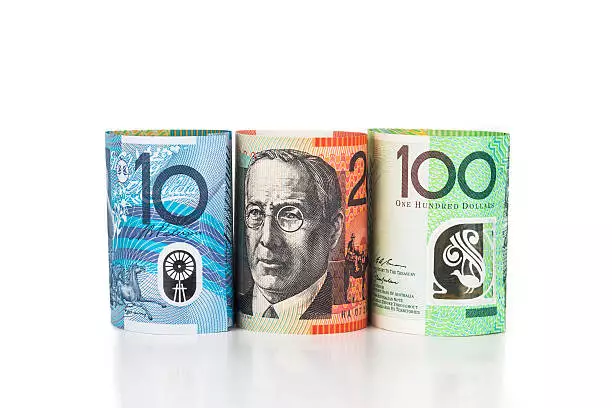The Reserve Bank of Australia (RBA) made headlines recently by adjusting its monetary policy, decreasing the interest rate from 4.35% to 4.10%. This marks the first easing of rates since the onset of the pandemic in 2020, reflecting the central bank’s response to evolving economic conditions. RBA Governor Michele Bullock emphasized that the anticipation surrounding further cuts is “ambitious,” underscoring a cautious approach towards monetary easing amidst uncertain economic landscapes. As central banks globally navigate the prolonged effects of the pandemic, this particular decision could have far-reaching implications for both local and international financial environments.
In the wake of the rate cut announcement, analysts observed notable volatility in the AUD/USD currency pair. Despite the expected nature of this adjustment, market reactions did not translate into significant movements in the currency swap markets. This could be attributed to external factors dominating traders’ focus, particularly President Trump’s plans for tariffs which could shake up established trade dynamics. For forex traders, the interplay of domestic monetary policy and geopolitical developments continues to create a complex trading environment that necessitates careful analysis and strategy adaptation.
From a technical standpoint, the AUD/USD exchange rate has been fluctuating within a confined range of 0.6200 to 0.6300 since mid-December. The only notable deviation was a steep fall in early February, prompted by Trump’s tariff announcements, which rattled global currency markets. However, signs of resilience have surfaced; following a drop to approximately 0.6100, the Australian dollar showed a rapid recovery, reinforcing its position within the established range. Traders have observed a blue ascending trend channel developing on the charts, potentially indicative of an upward momentum for the Australian dollar. Such movements suggest that traders are increasingly finding value in the currency, especially around the 0.6300 support level.
As the RBA navigates its path forward, the focus will likely remain on external economic pressures as well as domestic growth indicators. Analysts predict that while the immediate effects of this monetary policy shift may stabilize the Australian dollar, further adjustments depend on a complex web of factors, including inflation rates, employment figures, and global economic conditions. The cautious tone from the RBA suggests that market participants should brace for a potentially protracted period of uncertainty. This careful watch on economic indicators will be crucial for forex traders as they attempt to anticipate the next moves in this dynamic environment.
The RBA’s recent interest rate cut may provide short-term relief, but a myriad of influencing factors remain at play. The evolving global landscape and domestic conditions will critically shape the trajectory of the Australian dollar, as well as the broader financial markets.

